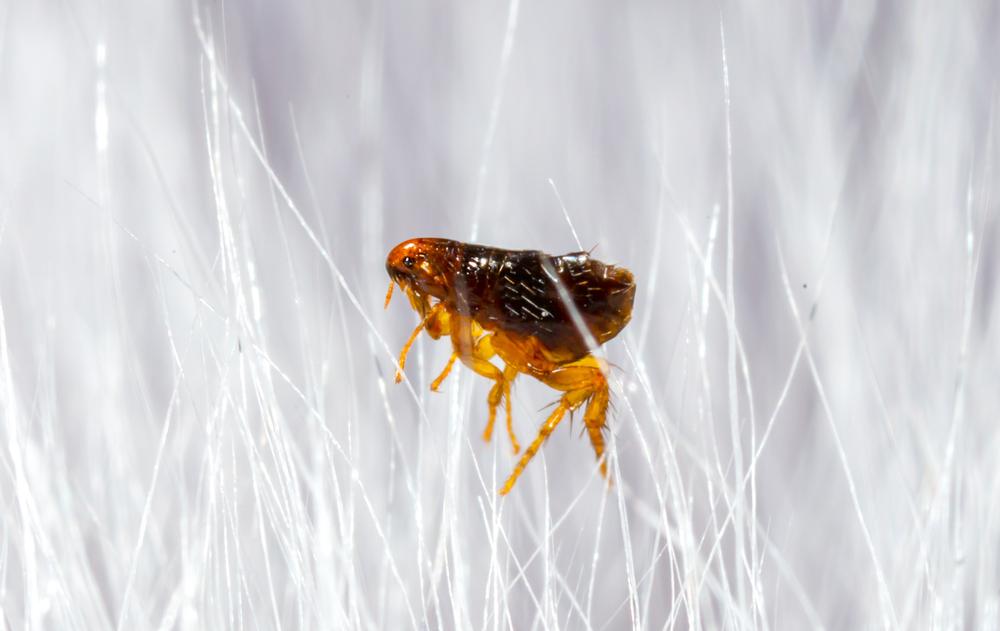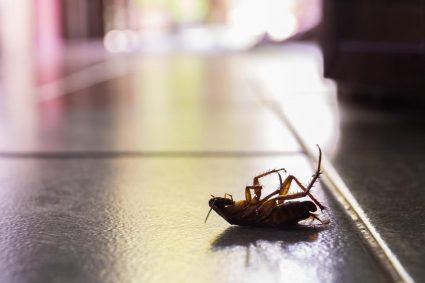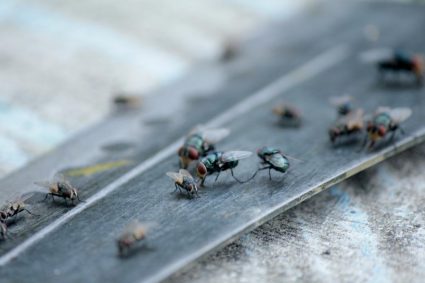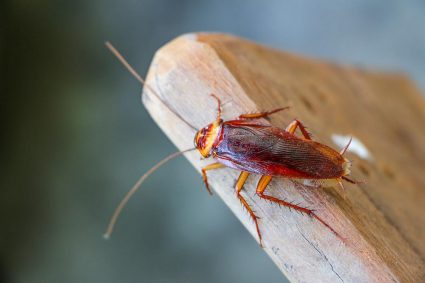
Sand fleas, tiny creatures that thrive in sandy environments, can be a nuisance, especially for beachgoers. Their bites are not only painful but can also lead to complications if not treated properly. This comprehensive guide will help you identify if you have been bitten by a sand flea, the immediate steps to take, and how to prevent future bites.
You can identify if you have sand fleas by checking for symptoms such as irritated or itchy skin, red, raised bumps often in clusters, slight inflammation, and pain. The bites are typically located below the knee, most commonly on the calves, shins, ankles, and feet. If you experience worsening symptoms, difficulty walking, pain, or signs of infection such as fever, pus, or skin that is warm to the touch, you should contact a healthcare provider.
Identifying Sand Flea Bites
Sand flea bites have distinctive symptoms, which include:
- Irritated or itchy skin
- Red, raised bumps, often in clusters
- Slight inflammation
- Pain, which may be more intense than mosquito bites
- Bites are typically located below the knee, most commonly on the calves, shins, ankles, and feet
These bites can range from mild to severe, and the symptoms may resolve on their own or with over-the-counter treatment. However, if you experience worsening symptoms, difficulty walking, pain, or signs of infection such as fever, pus, or skin that is warm to the touch, you should contact a healthcare provider.
Differentiating Sand Flea Bites from Other Insect Bites
Sand flea bites can be distinguished from other insect bites based on their appearance, location, and symptoms. They typically appear as small, red, raised bumps that are often found in clusters around the feet, ankles, and lower legs. They can be more painful than other insect bites and are usually more active during the evening, night, or at dawn.
On the other hand, bites from other insects, such as mosquitoes, can appear as raised, itchy pink skin bumps. Flea bites generally occur on or near the feet, lower legs, waist, ankles, and armpits, and are characterized by small red marks on the skin and intense itching. Bed bug bites often appear on the face, arms, and legs, and are similar in size to a hive or mosquito bite.
Understanding Sand Flea Habitats
Sand fleas are more prevalent in specific environments and geographical regions. They are commonly found along the Atlantic coast, with some species also found along the Gulf coast. One species, Orchestia gammarellus, is native to Europe but can now be found along certain areas of the Atlantic coast.
In addition to coastal areas, sand fleas can also be found in resource-poor communities, such as indigenous villages, rural communities, and slums of major cities. In these areas, tungiasis, a disease caused by adult female sand fleas burrowing into the skin, is more prevalent.
Immediate Steps to Take After a Sand Flea Bite
If you have been bitten by a sand flea, you should take the following immediate steps:
- Clean the bite area with soap and water to prevent infection.
- Apply an over-the-counter antibacterial cream to the bite.
- Use aloe or a paste made from baking soda and water to soothe the bite and relieve symptoms.
- Avoid scratching the bite, as this can open it up and make it more susceptible to infection.
- Apply over-the-counter anti-itch creams containing hydrocortisone to reduce inflammation and itching.
Potential Complications and Health Risks
Sand flea bites can lead to various complications and health risks, including allergic reactions, secondary infections, tungiasis, bacterial infections, and unsafe removal methods. To minimize the risk of complications, it is essential to seek medical attention if you experience severe symptoms, have trouble walking, are in pain, or notice signs of infection such as fever, pus, or skin that is warm to the touch.
Preventing Sand Flea Bites
To prevent sand flea bites, consider the following measures:
- Avoid visiting the beach during early morning or late evening hours, as sand fleas are most active around dawn and dusk.
- Stay away from the beach after heavy rain, as rainfall tends to bring out sand fleas in larger numbers.
- Use insect repellents containing DEET or natural alternatives like coconut oil or essential oils on your skin.
- Wear closed-toed shoes and socks whenever possible to protect your feet.
- Wash your feet thoroughly after going barefoot.
Remember, prevention is always better than cure. By following these tips, you can enjoy your time at the beach without the worry of sand flea bites. Stay safe!
Frequently Asked Questions
Can sand fleas live in your home?
No, sand fleas can’t live in homes. They thrive in sandy environments and require specific conditions to survive.
Can sand fleas transmit diseases?
Yes, sand fleas can transmit diseases. The most prevalent disease caused by sand fleas is tungiasis, a condition where adult female sand fleas burrow into the skin and lay eggs.
How long do sand flea bites last?
Sand flea bites can last anywhere from a few days to two weeks, depending on the individual’s reaction to the bite and whether or not it becomes infected.
Can sand fleas bite through clothing?
No, sand fleas cannot bite through clothing. However, they can crawl under clothing to reach exposed skin.
Are sand fleas and sand flies the same thing?
No, sand fleas and sand flies are not the same. Sand fleas are tiny crustaceans, while sand flies are insects. Both can bite and cause irritation, but their bites and the diseases they can transmit are different.
Can I get rid of sand fleas in my yard?
If sand fleas are present in your yard, professional pest control services can help eradicate them. You can also take preventative measures like keeping your yard clean and free of debris, and applying pesticides specifically designed to kill sand fleas.











